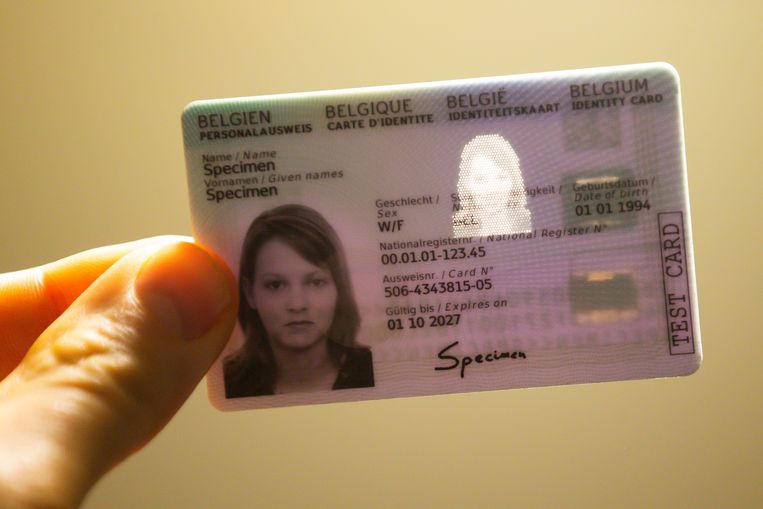Apart from being equipped with the holder's fingerprints, the new Belgian eID will also be the first in the world to have an advanced type of protection against identity fraud.
The new eID was launched in the test municipality of Lokeren on Tuesday, when Pieter De Crem, the Minister for Domestic Affairs, handed the first one to Filip Anthuenis, the mayor of Lokeren. If everything goes according to plan, everyone will have a new model within the next four years.
"The new electronic identity card has an additional protection layer built into it, as a perforated picture of the holder, which is very difficult to duplicate, is engraved into it on the back of the card. The use of this technique is a world first and provides extra protection against forgery," said Bart Vrancken, the head of eID at the FPS Domestic Affairs, reports Het Laatste Nieuws. The change was necessary in order to comply with stricter international rules to make identity checks more efficient.
Related News
- What changes on the new Belgian eID cards
- Minors will have to provide fingerprints for new Belgian ID card
- Fingerprints on Belgian eID-cards will be implemented from next week
"The first version was launched in 2002, which was two years before the creation of Facebook, three years before the creation of YouTube. In terms of digitisation, we are now light years further," said De Crem, reports Het Nieuwsblad. "The new eID is also a travel document for 40 countries, and is important in the fight against identity forgery. The terrorist attacks in our country and France included the use of forged identity documents," he added.
The fingerprints of the holder’s two index fingers will be stored in the card’s microchip. The prints will be taken by the local authorities, and the data will be stored for a maximum of three months, and deleted after the production phase has ended, reports De Standaard.
The use of the prints will combat the chance of look-a-like-fraud, which can happen when the identity card only shows a photo of the holder.
The card will feature a QR code, and the chip that was embedded in the front side of the old cards has been moved to the back. Additionally, the identity of the cardholder, which used to be displayed as 'BELG' on the older model, will now be 'BEL'.
At €20, the price of the new eID cards will remain the same as the old ones.
Maïthé Chini
The Brussels Times

